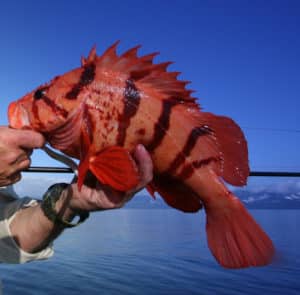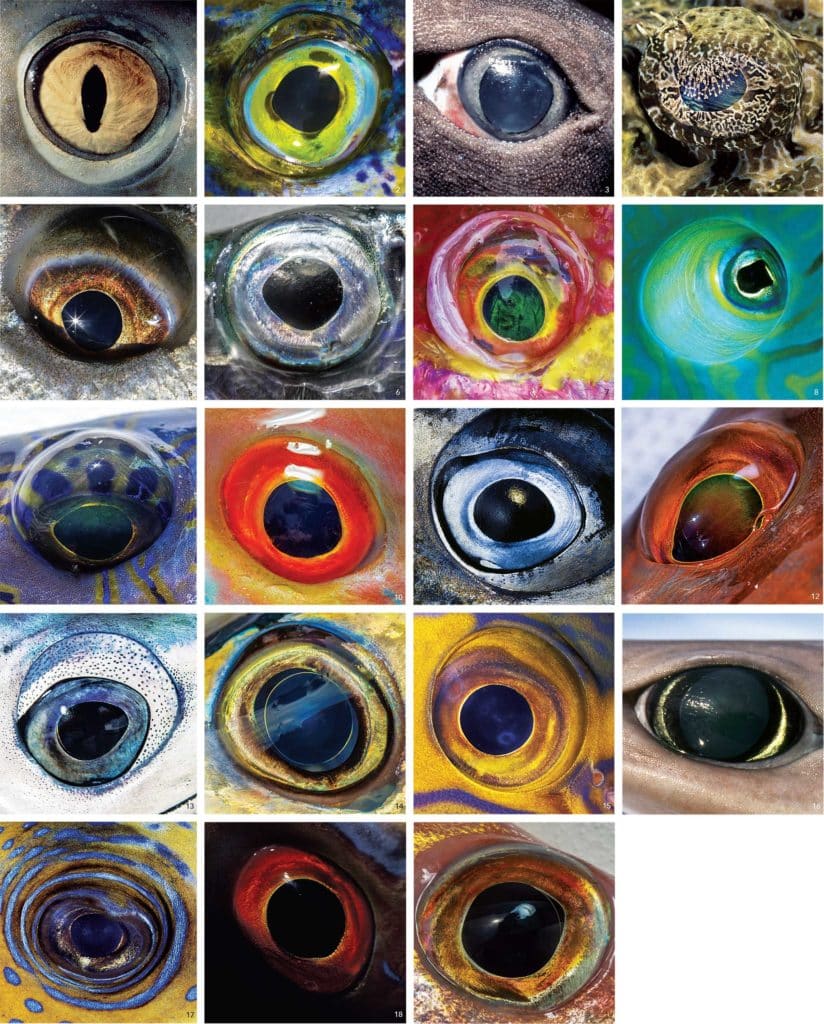
When an angler casts a lure or fly, or puts out a live bait, he’s counting on a predatory fish seeing his offering.
True, a predator might use its lateral line to sense pressure changes from a fleeing baitfish’s irregular movements, or hear a lure’s rattles, or smell a scent-infused soft plastic. But fundamentally, we count on our targets seeing our lure or live bait.
To confirm this, look at lure manufacturers’ ads or walk into a well-stocked tackle shop. The varied shapes and remarkable diversity of colors and color patterns suggest that, depending on the species and conditions, you must have the right shape and color lure to be successful. This, of course, raises the old saw that lures are made more to catch fishermen than fish.
Still, an angler who understands how and what fish see is likely to have an edge over those without a clue. Plus, it’s simply fascinating information for those who spend much of their free time trying to outsmart their quarry.
The answers to a dozen questions about fish vision should shed some light on our quest to understand how and what fish see.
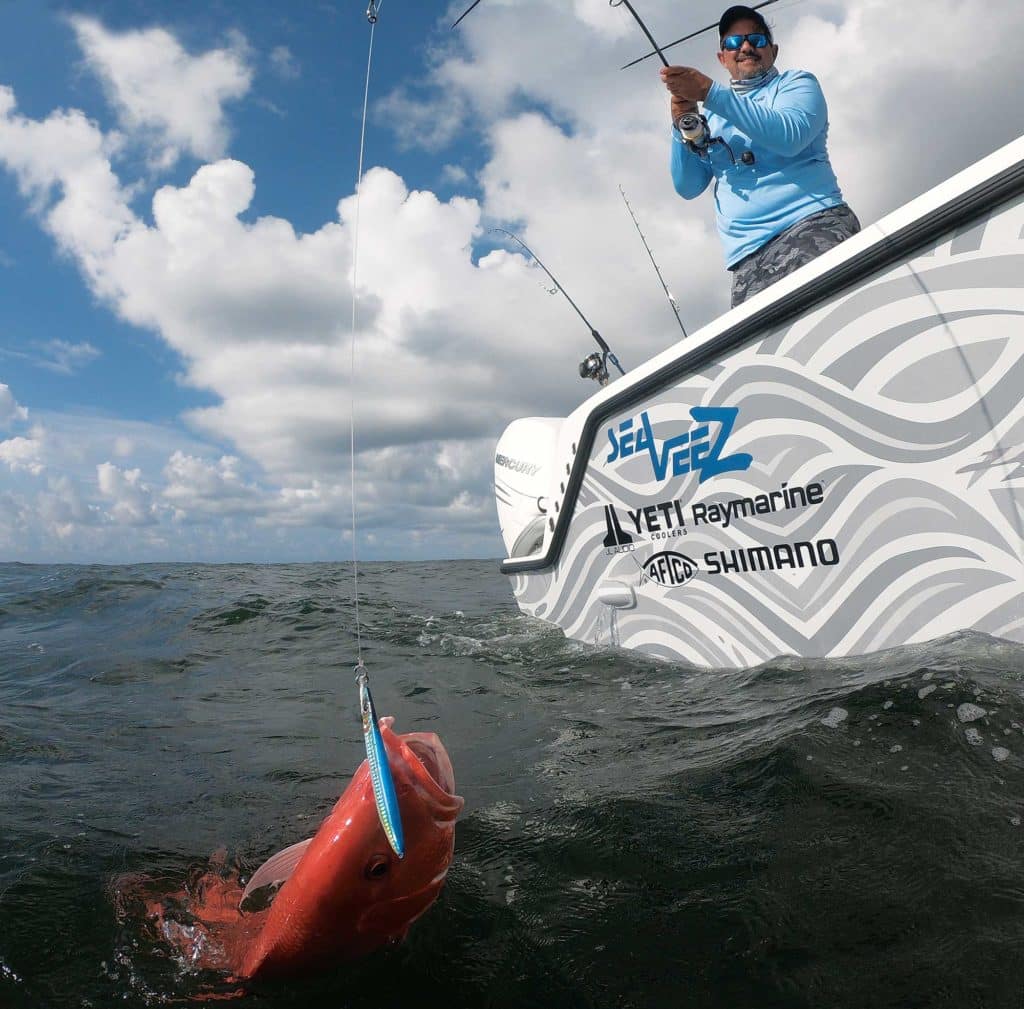
1. How do a fish’s eyes work?
A fish’s eyes function similarly to those of terrestrial vertebrates: Reflected light enters the eye through a cornea, passes through a pupil to be focused on the retina, where cone cells and/or rod cells convert the light into electrical impulses, which the optic nerve provides to the brain to produce an image. But beyond that, the differences are many, both in terms of how fish eyes are constructed and how they process visual cues.
2. How much do types of fish differ in their vision?
While humans’ eyes and how we process visual cues are pretty much the same wherever on the planet we live, that’s far from the case for fish because they live in habitats that vary so greatly. The waters around them might be crystal-clear or virtually opaque. They might dwell in inky depths or at the brilliantly lit surface. Fish might spend their lives over bright, monochromatic sand, or living in the rainbow hues of coral reefs. And, it turns out, their vision—what they see and how they see it—varies according to their habitat and many other factors.
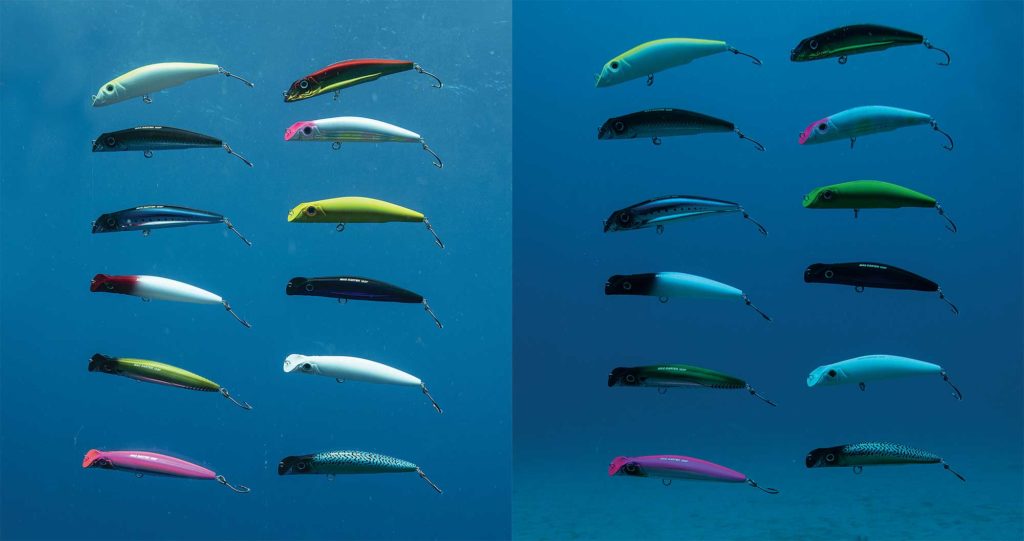
How Lure Colors Change With Depth
3. Do fish see colors?
The short answer: You bet.
In that, fish are like humans. Fish eyes work like those of most animals, processing visual information through cone cells or rod cells. Cone cells are those that distinguish colors. Some species have few or no cone cells, while many have an abundance (and even double-cone cells), particularly fish that live in shallow water or near the surface where all colors are visible. Most fish are, like us, trichromatic, but some also see a fourth color (see question 5). When targeting fish in such conditions, you can pretty readily bet they’ll see your colors (though picking one they prefer is another matter).
In low light or at night, colors matter less, because fish then rely more on the rod cells in their eyes, which detect contrast and movement but not color. White, offering the greatest contrast, might well be the color of choice in such situations.
4. Do we know which species of fish prefer which colors?
Not definitively. Not many studies exist that identify species’ color preferences, though some research suggests that one freshwater gamefish (largemouth bass) is more likely to strike red than other colors. Draw what inferences you will from “Best Lure Colors” on page 66, which reveals what experts, based on long experience, think about best lure colors.
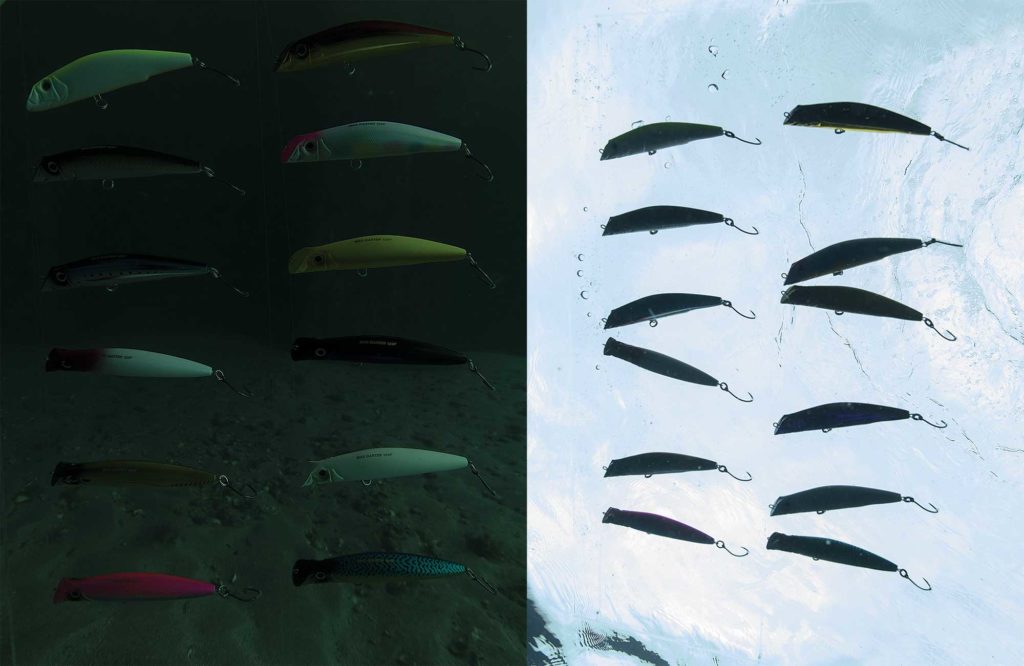
(Left) How Colors Appear in Turbid Water; (Right) Why Color Doesn’t Matter in Surface Lures
5. Can fish see ultraviolet finishes on lures?
Many though not all fishes can indeed see ultraviolet light, with cones able to absorb that specific wavelength. Manufacturers claim that, at least for those predators capable of seeing UV, holding these lures under a black light will show you what a fish sees (since, of course, our eyes can’t discern UV). If true, it’s impressive, because these lures definitely “pop.” In any case, fishing UV lures much more than 50 or so feet deep might be futile because short-wavelength ultraviolet disappears quickly as water depth increases.
6. Why are black and blue the only colors fish on deeper wrecks and reefs will see?
Other colors with short wavelengths—red and orange particularly—are absorbed and scattered fairly quickly in water. By 100 feet down, anything in these shades, and in yellow as well, will appear simply dark, as a grayish shade. Blue, with higher photon energy, retains its color to well over 150 feet. (The fact that the long wavelength of blue penetrates so effectively explains why the ocean appears as such a deep-blue color.) In other words, if you’re choosing colors for jigs you’re dropping to fish in 100 feet of water or more, the fact is that while blue will appear blue, most other colors will simply go dark. I suspect a bright chrome finish might add reflection since some light does penetrate into the depths.
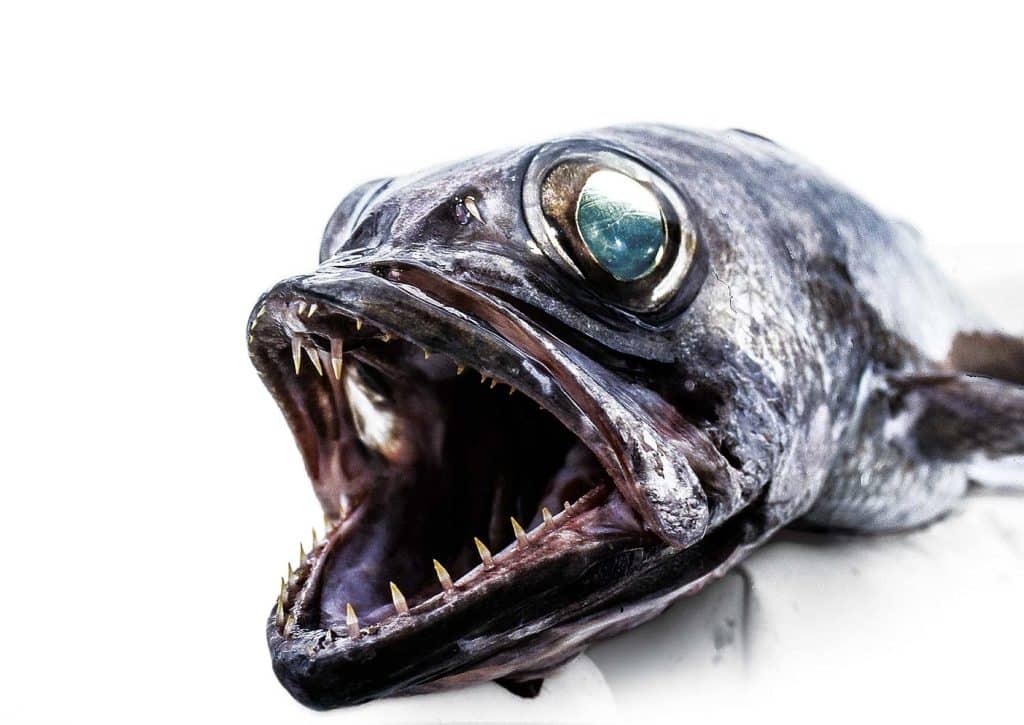
7. How do deepwater fish see color?
By and large, they don’t. In fact, many fish that inhabit darker depths have eyes with few cone cells (and the few they do have are likely to be predominantly blue-sensitive) in favor of rods. (Many sharks, even those living shallower, also lack cone cells.) Since colors don’t show at depth, rod cells are more useful. They offer maximum sensitivity to minimal light from the surface, as well as to bioluminescent sources, and help with contrast. Species that dwell at great depths tend to have eyes that always look up to spot even the slightest contrast between moving prey and the faint light from the surface.
8. What does fish vision have to do with the success of slow-pitch jigging?
As established just above, color won’t attract the attention of deepwater fish—but movement will. Unlike speed jigging, the recently popular slow-pitch form produces a repetitive short-range flutter and fall. That should be a perfect action for fish relying on rod cells to detect movement but not high-speed motion. While cone cells offer a rapid flicker fusion frequency (FFF)—a quantifiable measure of visual processing—rod cells take in more, visually, but can’t process it quickly. (On the flip side, gamefish in clear water, having eyes loaded with cone cells, have no trouble tracking fast‑moving lures.)
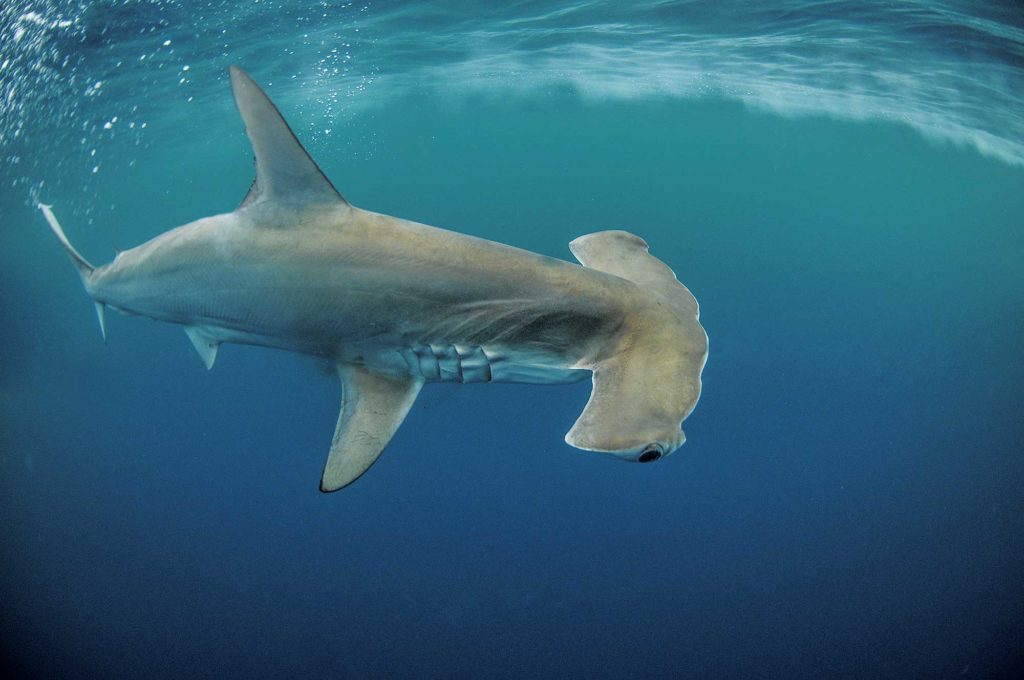
9. Why do the eyes of some nocturnal or deepwater fishes seem to glow in the light?
This is because in the back of their eyes, they have a special retroreflective layer known as the tapetum lucidum, which shines incoming light back through the retina in low-light conditions, increasing the light available to photoreceptors and improving night vision. This adaptation is hardly limited to fish. For the same reason, night-prowling terrestrial birds (think: owls) and many mammals have this retinal layer—as anyone knows who has seen the glowing orbs of animals light up in their car’s headlights.
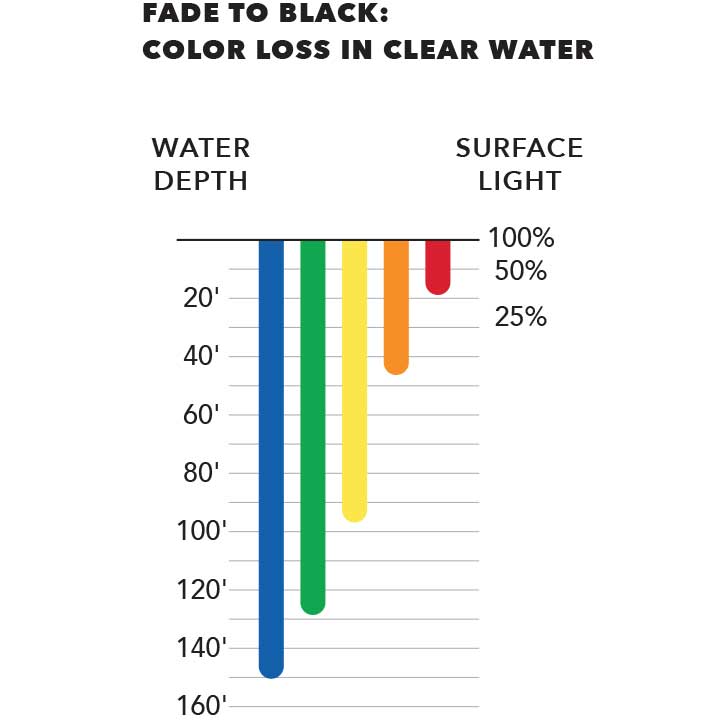
10. Can fish see far away?
Fish can spot prey at a considerable distance, though they do so differently than people. To focus on objects at varying distances, the muscles in our eyes change retina shape. Lacking this ability, fish move their (more spherical) lenses forward or back to focus. Typically, predators swim with their lenses pushed back for visual acuity far ahead. When looking at prey more closely, the lenses are moved forward, a process known as accommodation.
Read Next: Über-Fish: The Amazing Tunas
11. Can fish appreciate ultra-lifelike lures’ detail?
The science suggests that fish generally can see such detail, but that this can vary widely. Perhaps the best indicator of that ability is eye size, particularly for fish inhabiting generally clear waters. If you favor very lifelike lures and light fluorocarbon leader, odds are good you’re targeting fish with large eyes, such as tunas, equipped to look closely at their prey. They’re among many predators with great visual acuity—higher than ours. But exquisitely lifelike detail on lures might be wasted in murky inshore waters. Also, whatever fish do see must be processed and interpreted by the brain. The nuances our eyes take in can be noted and remembered, allowing us to discriminate, for example, the differences in thousands of faces we see over a lifetime. But fish, without our significant CPUs, lack as fine a cognitive ability to interpret what they see. Of course, using very lifelike lures might benefit an angler by giving him confidence, reminding us that lures are designed to catch fishermen.
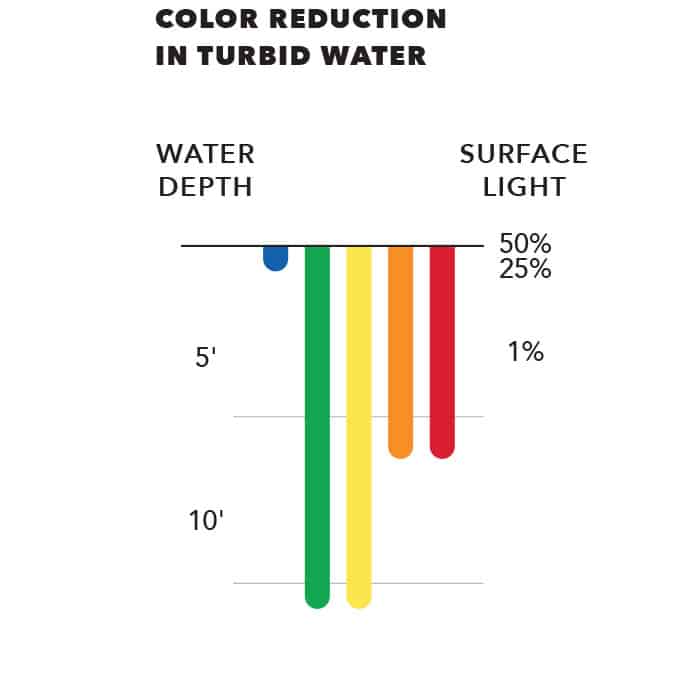
12. Why does a swordfish heat its eyes?
Just to glance at a swordfish suggests it’s very much a visual hunter, given the size of its orbs. But less easily seen is an adaptation making it a particularly effective predator in the inky depths at 1,500 to 2,000 feet, where it hunts squid and smaller fish. Most deepwater fishes’ eyes gather light effectively but work more slowly, so they tend to be ambush predators that sit and lunge when prey registers nearby. Broadbills have a great advantage because, by heating their oversize eyes with recirculated blood considerably warmer than the frigid waters where they feed, they enjoy a very fast FFF, allowing them to track down even fast-moving prey.
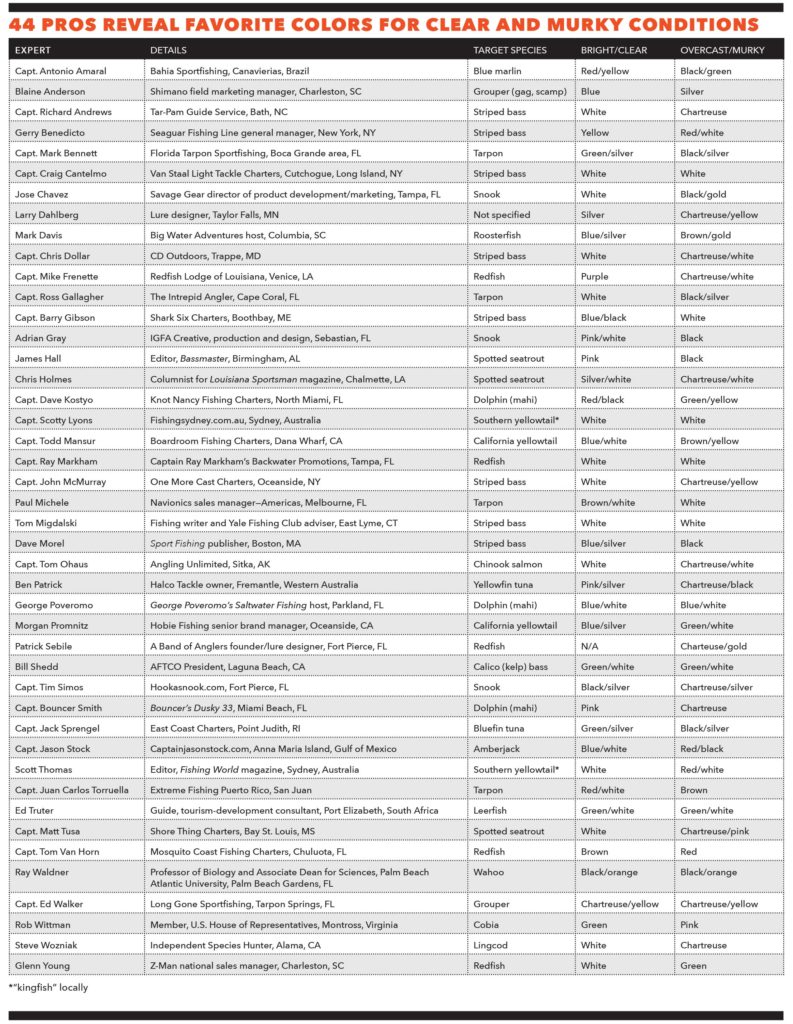
Best Lure Colors According to the Experts
Does Color Really Matter?
Most professionals swear by colors and, accordingly, have favorites. Does color matter? A majority would say absolutely, and cite instances where color A catches fish after fish, while color B in the same lure fished the same way goes a-begging. A smaller contingent (which includes this writer) are more color-agnostic, figuring maybe and maybe not—but we’ll pay attention to it just in case.
Then there’s internationally known lure-maker Patrick Sebile. We can color him skeptical.
“I believe that 80 percent of the time, what really matters is lure type and action, size, and swimming depth [and not color],” Sebile says. The meticulous catch records that included lure color, which Sebile kept for 12 years, yielded very little consistency about best lure colors, leaving him with few real preferences. He says most predators use their lateral line more than their sight to hunt, though when near prey, sight might take over.
But Sebile points out that his estimate still leaves 20 percent of situations where color can make a difference. Still, there are no easy rules about which colors are likely to work best.
The Winner—By a Landslide
But since most experts have come to rely on specific preferences, I put it to them: What’s the one color or pattern you’d most want to fish in a) clear-water/bright conditions and b) murky/low-light conditions. The chart offers the collective wisdom and experience of 44 lifelong fishing professionals—guides and industry experts. While the colors cited—solid and patterns—cover a great range, some results proved revealing and surprising. (Note that similar colors have been categorized within a more general color, so pearl and bone are included with white, root beer with brown, and chrome with silver.)
In clear water, 14 of 44 experts voted solid white—the best any other color (solid or pattern) could muster was two or three votes, as the list shows. A total of 23 experts (more than half) went pure white or a white pattern (white and another color). Perhaps surprisingly, chartreuse got not a single vote for clear water, though blue/silver and blue/white together were picked by six pros.
In murky water or in low light, again white proved the winner, though by a slimmer margin; still, 15 experts like solid white or white with another color. Solid chartreuse is favored by four, but that increases to 14 experts if chartreuse patterns (chartreuse with another color) are included. So, when not clear and bright, one big message: Go light—white or chartreuse. Solid black fared less well than might have been expected, though it’s the choice of four pros. But, again, when black patterns are added in, that total increases to 10.
Bet You Didn’t Know…
Hors D’oeuvres? Here’s a Real Eye-Popper
No, eye mean it! Fishes’ eyes can do more than see: They can provide a tasty treat.
At least that’s what writer Maxine Wally insisted in her March 27, 2018, article on esquire.com, “If You’re Not Eating the Eyeballs, You’re Missing the Tastiest Part of the Fish.”
Wally points out that in Chinese tradition, only the most honored dinner guests got to eat a fish’s eyeballs. An admitted eyeball-eater for years, she says that while they’re nutritious and claimed to stimulate brain cells, “the best reason to eat fish eyes—they’re delicious.”
Who knows? Fish eyeballs might be the next big thing for shish kebab.

